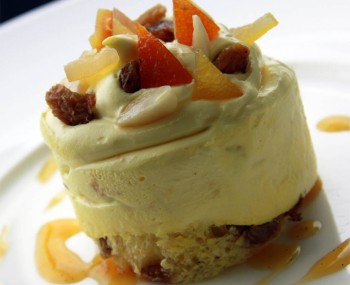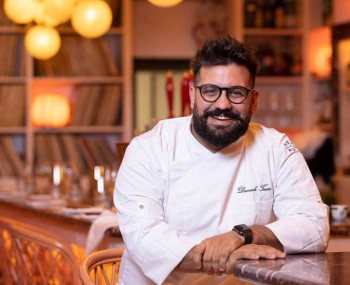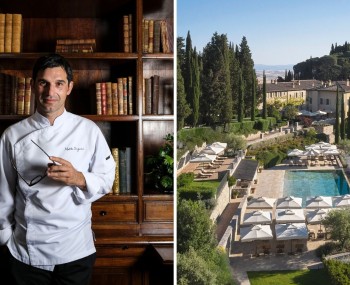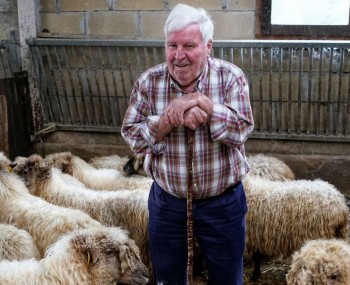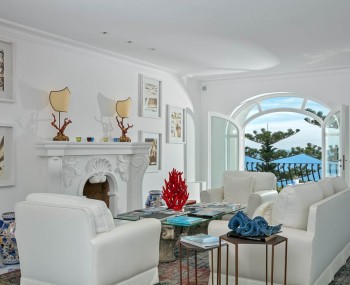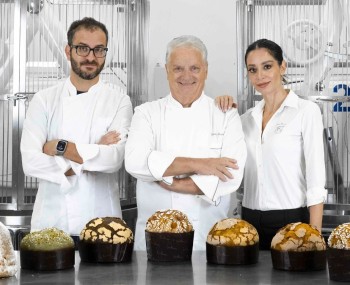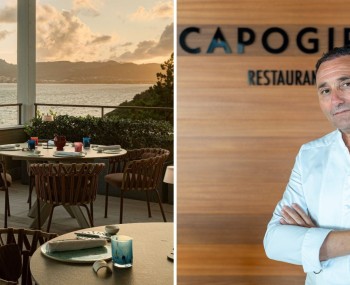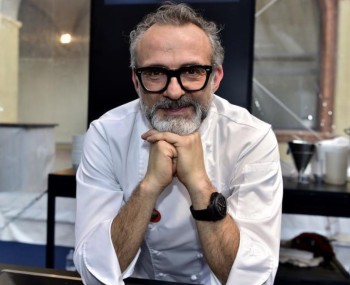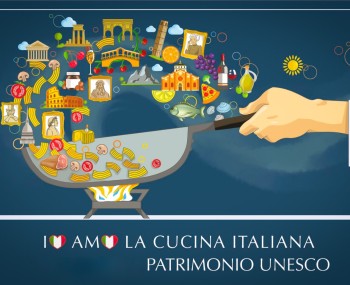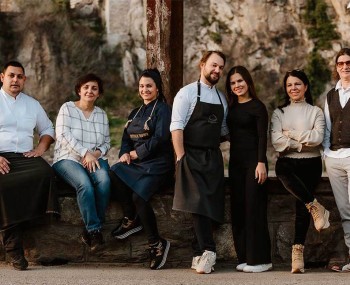Welcome to Le Coquillage: the latest French restaurant to be awarded 3 Michelin stars is also one of those challenging the norms of what a 3-star Michelin restaurant in France should be (and what it should serve).
Photo credits: Romain Bassenne, Anne Claire Heraud
The names of Hugo Roellinger’s dishes read like a romantic poem. “Eau de Vie” (Water of Life), “Champ du Vent” (Field of Wind), “Angelique” (Angelic), “Vert sur vert, tout est clair” (Green on green, all is clear), "Là où la lumière ne passe plus" (Where the light no longer passes). A simple, but fragrant garden vegetable broth, crimson tentacles of sea anemone underneath the sweet raw scallops, last of the season here on the Atlantic coast of Brittany, doused in hibiscus, elderflower oil and rose.
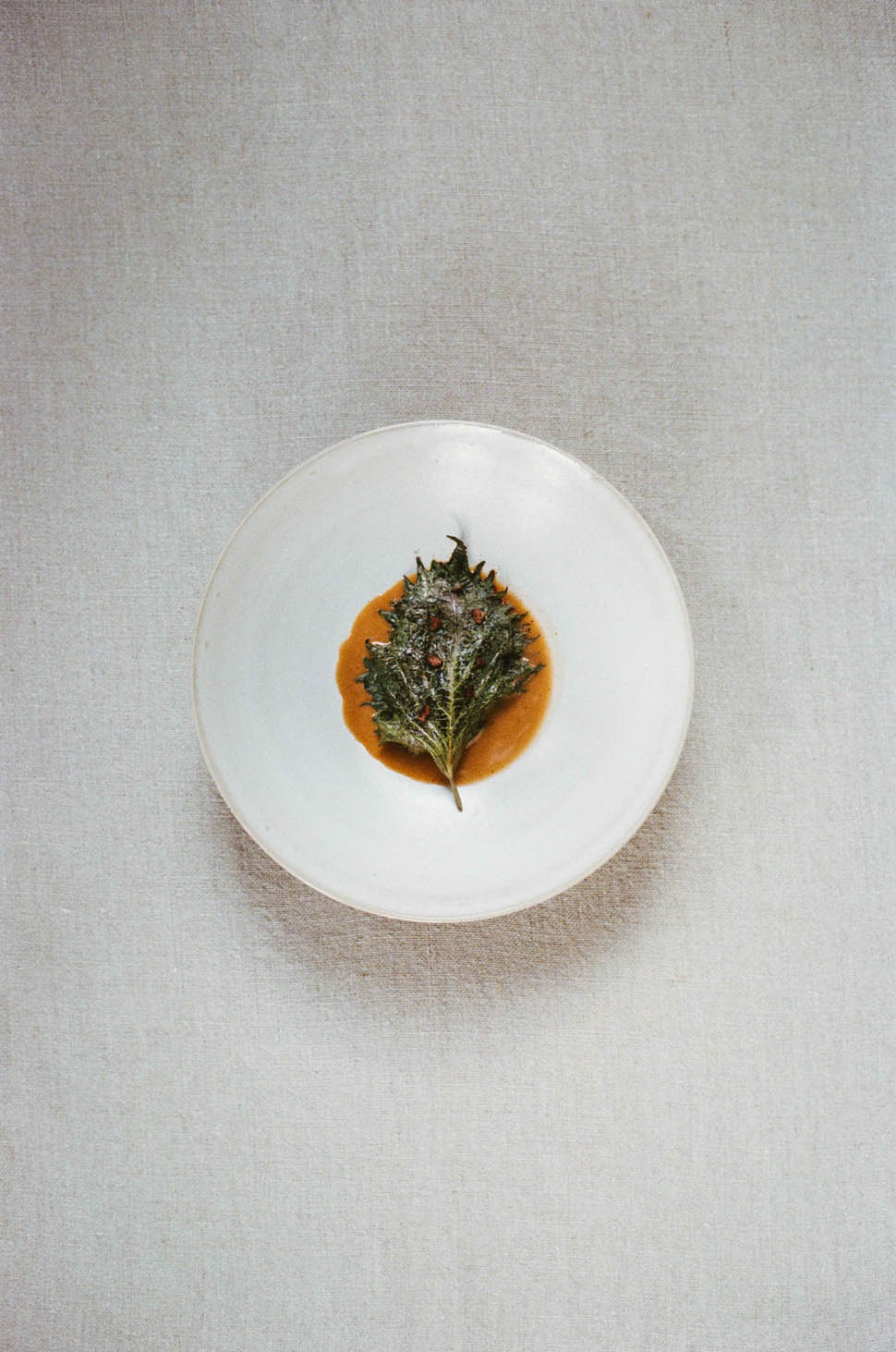
Raw, almost translucent sea bream, served with buckwheat and seaweed jelly, topped with sturgeon caviar from Aquitaine and brown butter. An ultra-decadent dish that should please even the buttoned-up three-star chasers who often find Le Coquillage too rebellious, too … different.


Flakes of meaty spider crab generously served on a plate drowned in velvety bisque with pine needle essence, fennel oil and Verbena pepper. The pine aroma would usually transport you to the Nordics, but here, overlooking those same pine trees, bent from the Atlantic wind, it hits differently. Lobster perfection two ways, the body cooked in sherry, cacao and trio of Mexican peppers, and the claws served in a rich creamy sauce with trout roe for that pop-on-your-tongue texture and Suya (Nigerian spice blend) for heat, part of the legacy of the great Épices Roellinger, the renowned spice company run by Roellinger family.

Slices of cuttlefish thin as air, its subtle flavors amped up by bitter spring herbs from Roellinger’s Celtic Garden and seaweed – watercress - spinach sauce. The sauces still play an important part though, we are in France after all. But unlike the classic French way, here they serve as a component to tie the elements together. The case in point: spectacular langoustine tartelette with morels puree, lovage oil and mousseline sauce with hydro-honey.
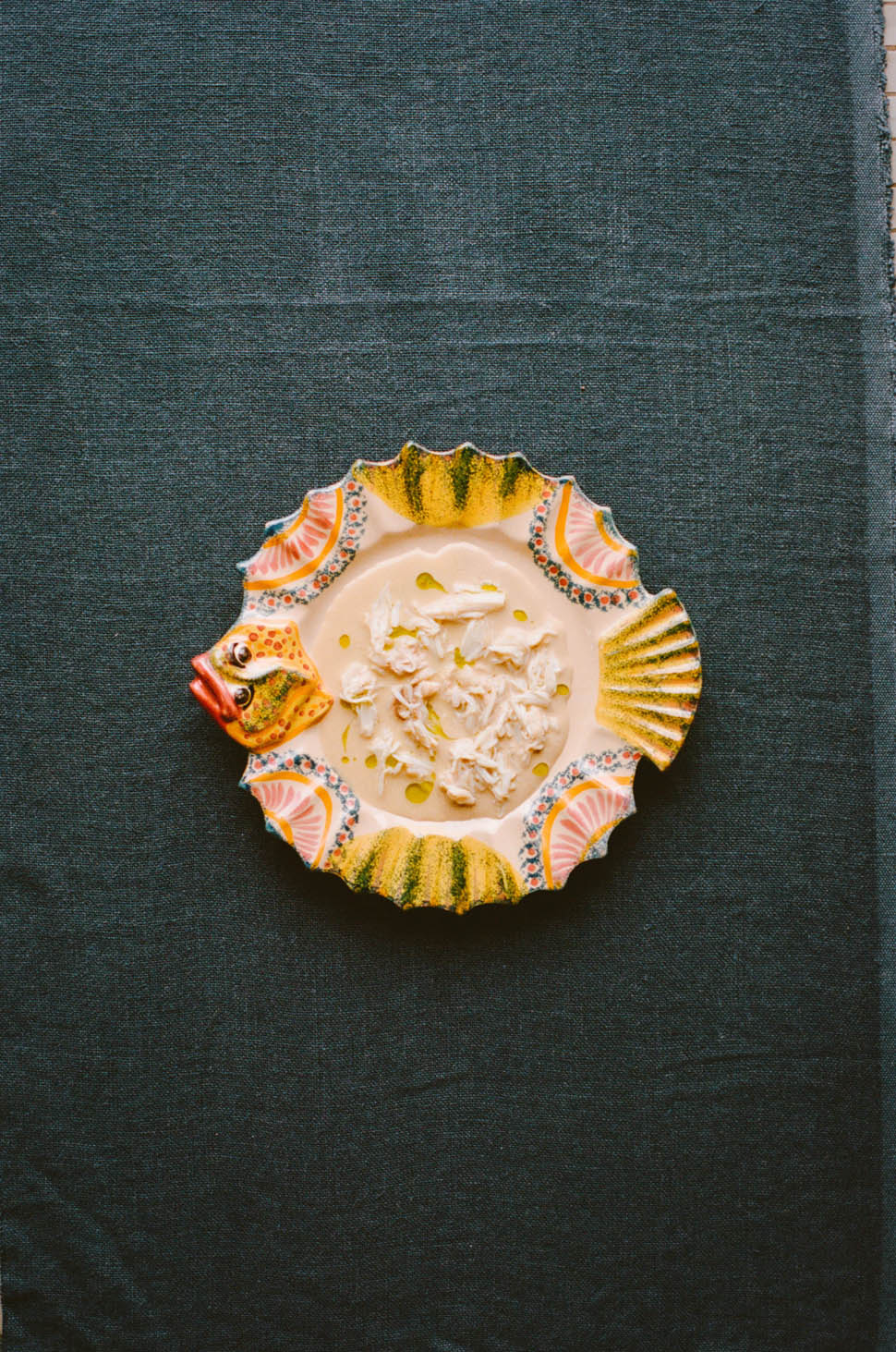
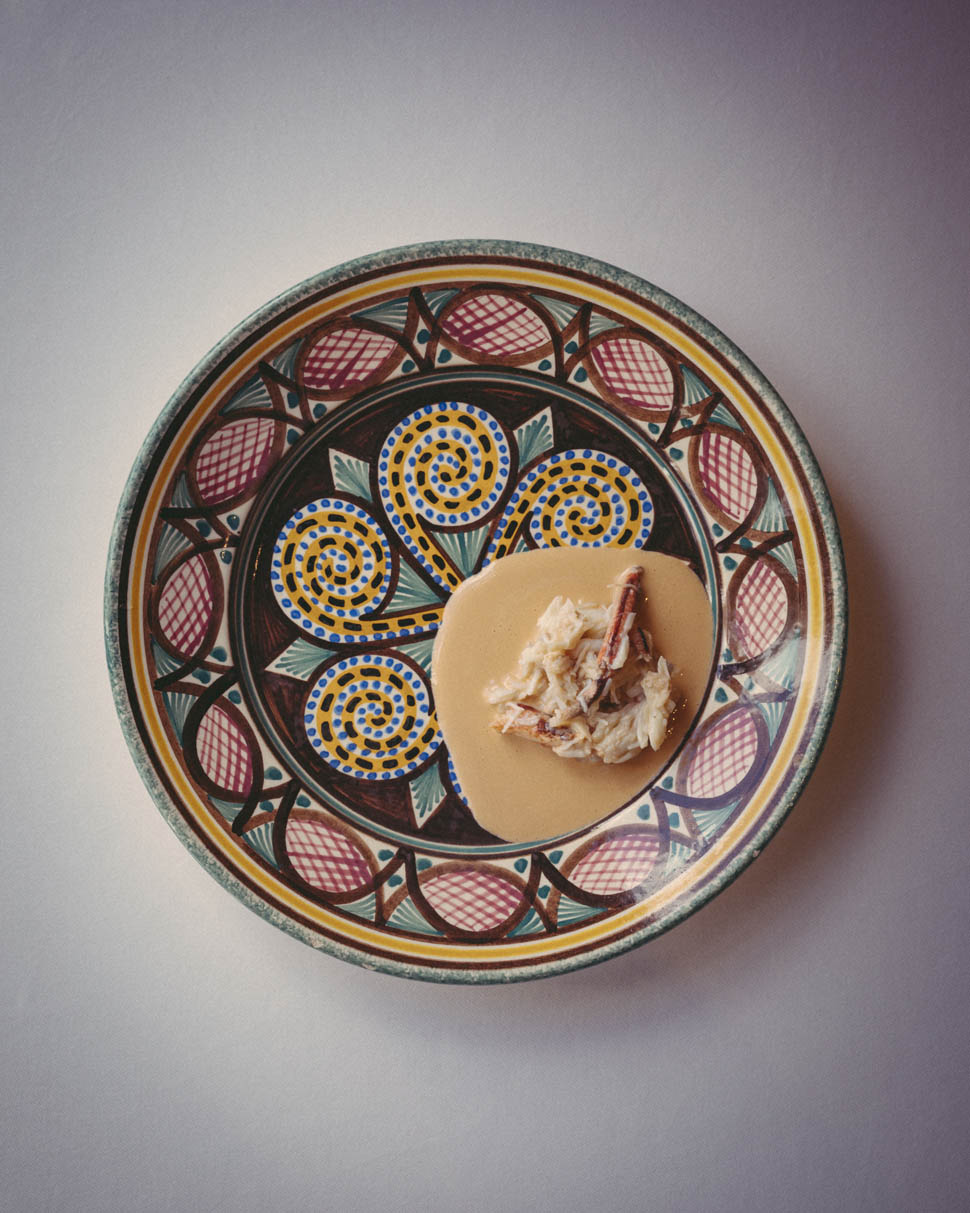
And the oyster dish covered with see-through blanket of white asparagus, angelica and jasmine tastes like a stroll on his Ferme du Vent, Wind Farm, at dusk, with fresh winds blowing in from the direction of Mont Saint-Michel you see in the distance like a hazy ghost ship mirage on the horizon.

FROM THE SEA, ABOVE THE SEA
Hugo Roellinger’s food is exactly as you would imagine cuisine that’s created from the sea overlooking the sea by a chef who spends just as much time catching the waves in the Gulf of Saint-Malo as he does in the kitchen. He wears his long hair in a bun, drives a vintage Mercedes with a seashell and a cross hanging above the steering wheel like a good luck charm, his Instagram a mix of pristine seafood ingredients, delicate plants and him riding the big waves, his lanky torso bending and arching to the roaring surf.

Welcome to Le Coquillage, France’s latest 3 Michelin starred restaurant (the accolade came in March) and one that defies the norms of what a 3 Michelin starred place in France should look and taste like. Le Coquillage is very much a destination dining. It takes a bit of an effort to get there, a 2,5-hour train ride from Paris to Cancale, at the very western edge of the country, where the light hits different and the sun sets later. It’s serene and dramatic at the same time. A place to unwind, a place smelling like pine and iodine and oysters.
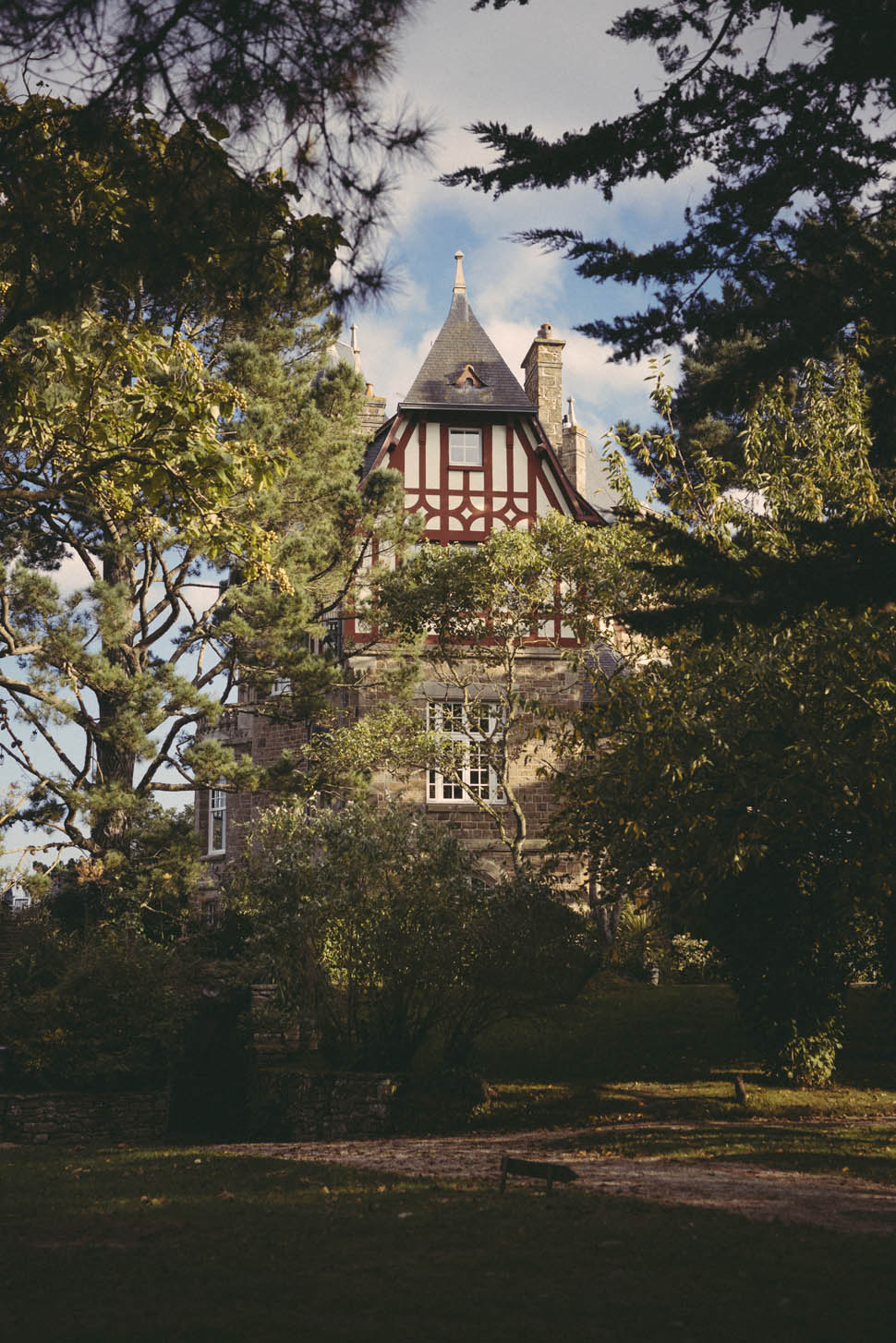
And Roellinger’s restaurant embodies perfectly that soothing feeling.
Set in the gorgeous Chateau Richeux, a grand manor from 1920s in an expanse of moorland overlooking the sea bellow. The sea, the sky, the earth – the endless hues of blue, green and grey merge into the obvious
beauty of nature and the song of the wind. The place is known as “Serenity at the Crack of Dawn”: the sunrises here are unforgettable. “A magical place where the dialogue between the moon and the sun is so intense that it gives birth to the most ample tides in the world, like a celestial breath.” This is how Le Coquillage, in its own words, likes to view itself and the work they do at Les Maisons de Bricourt (the Roellinger family's nomenclature for their Cancalais empire), a 5-star Relais Chateaux property, one of those that advertise offering »experience«, not just a simple high end accommodation and dining.
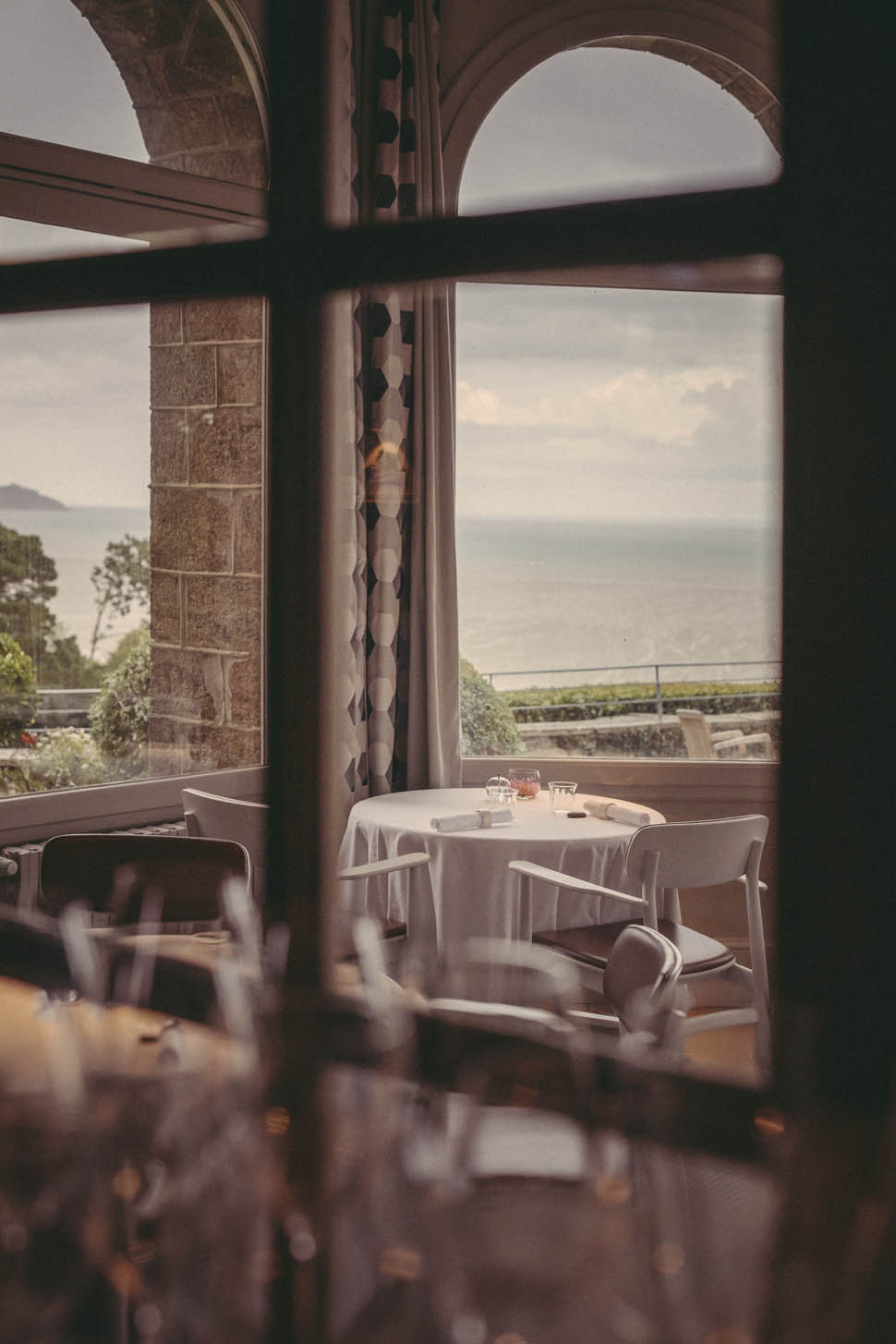
THE THREE STARRED FATHER-SON DUO
And if anyone knows something about experiences, that’s the Roellingers. Olivier Roellinger, 69, born and raised in Cancale, spent his childhood in the Maison du Voyageur, an 18th century shipowner’s mansion. Olivier’s father, a doctor, received his patients at the mansion, while Olivier dreamed of the epic privateer adventures and fairy tales in Mont Saint-Michel Bay. But instead, he became a chef, opening his Bricourt restaurant in his childhood home and ultimately receiving three Michelin stars. Today the mansion houses the kitchen workshop where the spice blends are prepared. It’s these spices that link the cuisine of Roellinger senior and Roellinger junior, representing not only means to create the dishes, but taking the diners on those long sea voyages that they have both enjoyed so much and found so inspirational. Olivier’s first spice blend, Retour des Indes (“Return from India”).
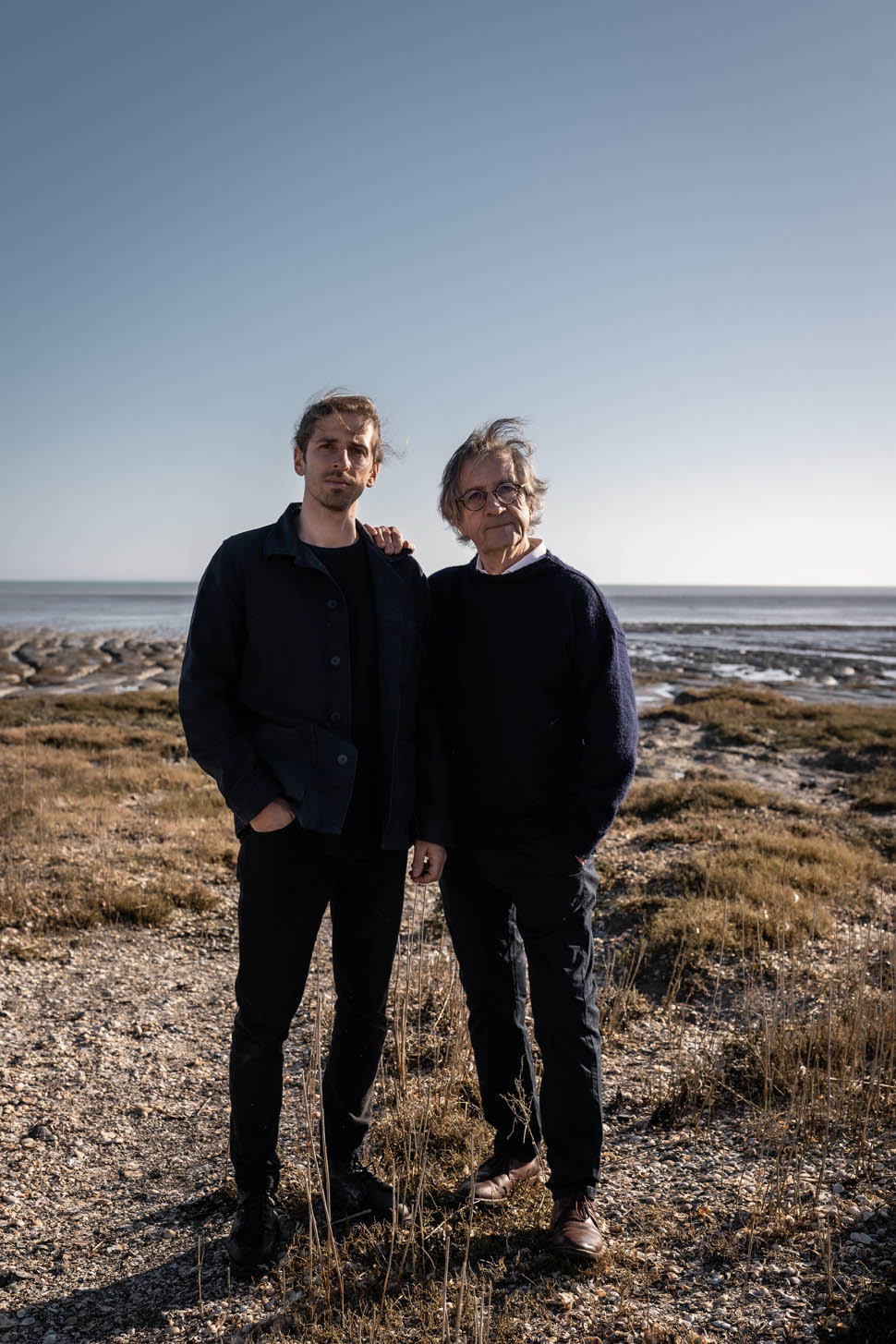
The blend combines the fourteen spices that could be found in the port of Saint-Malo in the 18th century, shipped by the French East India Company and West India Company. The blend came as a revelation to Olivier. Spices, an integral part of the history of Saint-Malo, became a means of expression for him, a way of punctuating his cuisine, narrating the story of Brittany as a land enriched by tales of faraway lands. They offered the possibility of a cuisine elaborated in the style of a great adventure novel. This is how the brand Epices Roellinger was born.

NEW CHEF, NEW CUISINE
At first, Hugo tried steering as far away from the kitchens as he could, his early years taking him to the open seas, working as a merchant navy officer, sailing between the North Sea and Africa, but ultimately the blood proved thicker than water (pun intended) and at 23, he returned home to become a chef. He honed his skills with big names like Bras, Troigros and Gagnaire, with a stint in Canada before ultimately taking over his father’s business in 2015. He made it entirely his own though. At Le Coquillage there’s not much trace of the style his father adhered to, the classic French, but with a sense of place, making good use of both the superb Breton seafood and the in-house spice blends.

Hugo kept the last two, but created his very personal interpretation of “nouvelle cuisine Bretonne”, his menu "At the whim of the wind and the moon" being a very poetic voyage that holds you at the edge of the seat from start to finish with dishes that feel and taste very original, with a strong sense of both place and identity – which, in the end, is really all you can ask for. That’s also a reason why you won’t find Hugo Roellinger at big events, flying around France and the world, doing pop-ups at other 3-starred colleagues’ places. He doesn’t like to cook outside his restaurant, because he feels Chateau Richeux is where he can truly express himself, the surroundings playing an integral part of the experience.

Where he can wait for the fishermen as they return to the shore with whatever they hauled from the waters that night, where he can blend the spices from faraway lands in his father’s family house, where he can pick the flowers, fruits, vegetables and herbs from the farm a stone throw away from the kitchen and where he can harvest the seaweed from the coast. An homage to nature, an homage to Brittany. It took him mere ten years to get the third star, bringing the story of the Roellingers full circle.

AMIDST THE ORCHARDS AND SEAWEED
We follow the sweet smell of freshly baked bread, past hydrangea bushes to the tiny wooden bakery with an old cast iron wood stove where they bake their seaweed sourdough made with heirloom grain varieties. Hugo then leads the way through the Château Richeux park, the raised stones of Celtic Garden giving shelter to aromatic herbs, the bees and insects feasting on spring blossoms, tiny fruits taking shape on red and black current bushes. We walk past the orchard where 26 heirloom varieties of apple blossom are pollinated by bees from hives neighboring the orchard. The sound of frogs is the soundtrack of the lush garden, there are sheep and cows and horses and donkeys that make up the rural part of the property. If you follow the path to the right, you end up on the beach.
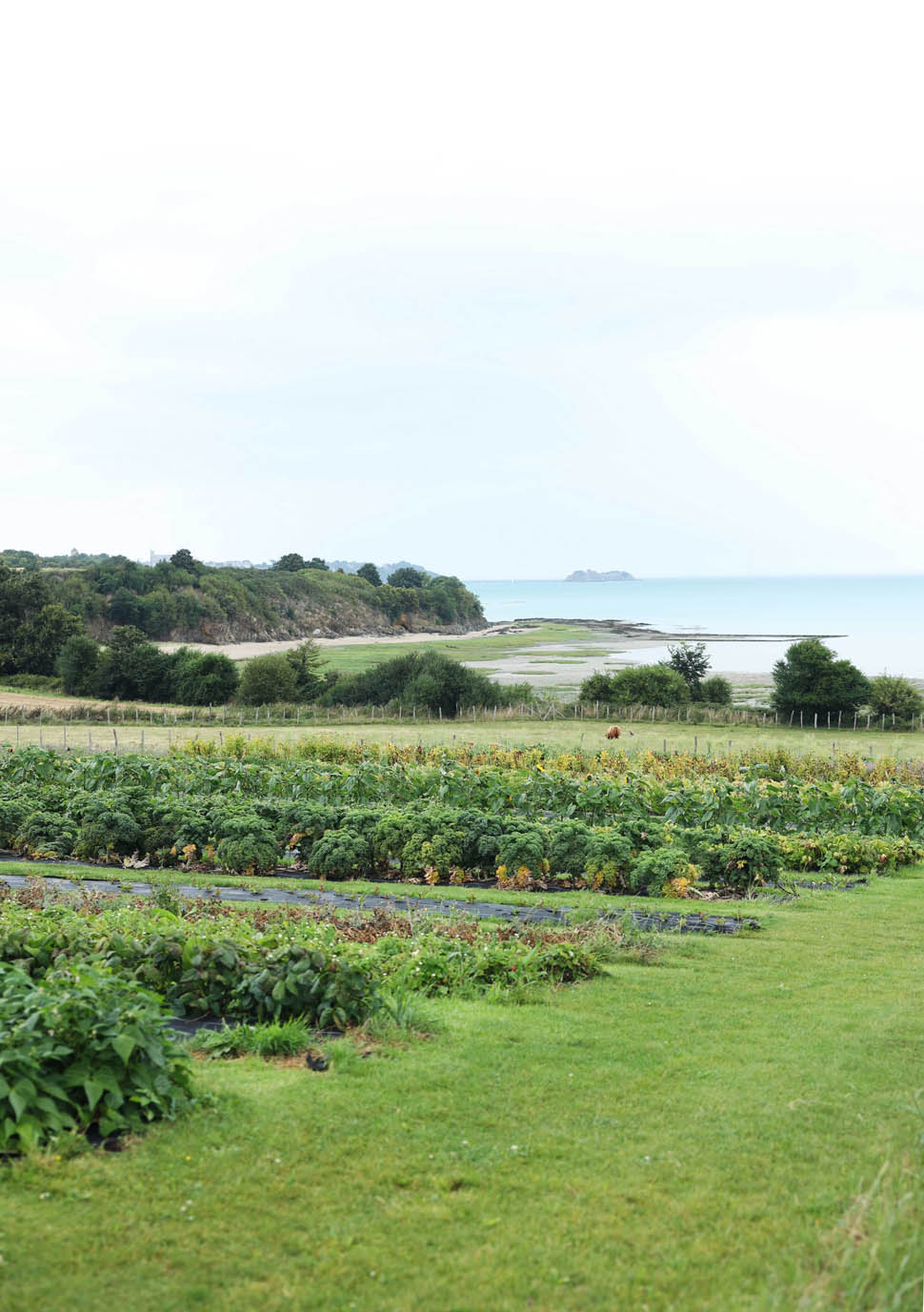
Follow it to the left, and you find yourself at a more manicured part of the property, named after the farm La Ferme du Vent, that encompasses a few additional accommodation units, serene Celtic Bath spa with a view over the meadows and the bay and a shack used to dry and store different kinds of seaweed Roellinger collects from the sea. He dries the algae for three years, all shriveled and extraterrestrial looking, but cooked down in broths giving that much needed umami kick to replace the meat component that’s entirely absent from his dishes at Le Coquillage. You never miss it though. This restaurant is, after all, a love poem to the sea.
Contact
Le Coquillage
Le Buot, 35350 Saint-Méloir-des-Ondes, France
Phone: +33 2 99 89 64 76

